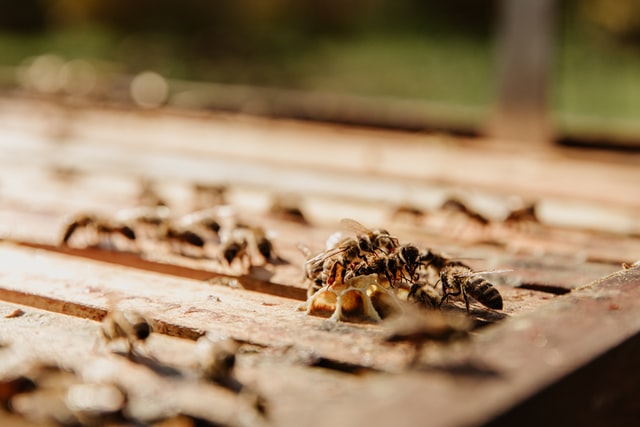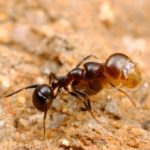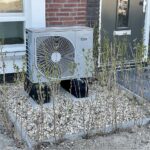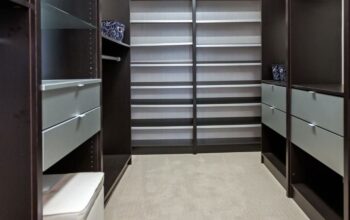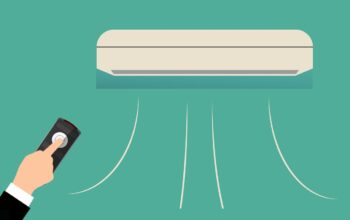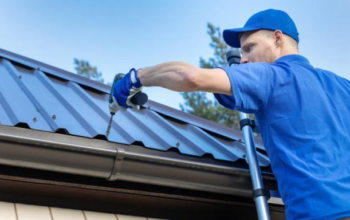Did you know that your home or business is more at risk of being damaged by termites than fire? And did you know that Americans pay around $5 billion for the damage termites cause annually?
And, to make matters even worse, termite damage is not usually covered by home warranty or insurance providers. That’s why all businesses and homeowners need to be aware of the risk to their property when termites decide to move in.
The best way to protect your home from termites and avoid the high costs of repairs is to detect the infestation early. The professionals at BioTech Termite & Pest Control know exactly how to deal with termites and how to get rid of them for good.
Read on to learn the five early signs that will confirm that you have termites living in your home.
1. Look Out for Swarmers
If you spot swarmers, you’re probably dealing with a termite infestation. Swarmers are flying termites that fly in large swarms, and these winged termites emerge from their nests during mating season.
Some species of swarmers are nocturnal and attracted to light, while others emerge during the day. However, every drywood termite species will swarm at certain times of the year or after rainfall.
2. Look Out for Discarded Wings
Finding discarded wings around your foundation, on your property, or inside your home is another early sign that you have a termite infestation.
After swarmers emerge from their nests and take flight, they shed their wings – leaving them in piles on your property.
3. Look Out for Blistering or Hollow Wood
If you notice blistering or hollow-sounding wood, it could signify termite activity. Because termites eat wood from the inside out, knocking or tapping on wood where they’ve feasted will make a hollow or papery sound. You may also notice cracks appearing on your home’s internal walls or warped door and window frames.
Although your architraves, rafters, beams, and wooden ceilings in the attic are raised high above the ground, they are still at risk from termite damage. You may notice cracks in the ceilings and cornices, and termite-damaged flooring may sag or blister.
4. Look Out for Frass
Another sign of termite activity – particularly drywood termites – is spotting frass. Frass resembles sawdust, but it is actually termite droppings. A pest control specialist will specifically look for this sign of termites when conducting an inspection in your home.
Drywood termites will push their frass out of small holes at the entrance of their nest – resulting in piles of the powdery substance above the ground where they are nesting.
5. Look Out for Mud Tubes
The most common indicator of subterranean termite activity is spotting mud tubes around your home’s foundations. Termites use these mud tubes to keep their nests moist and travel between a food source and the soil.
Subterranean termites, unlike drywood termites, build their mud tubes from soil and droppings. Eliminating sources of moisture and storing your mulch or firewood far away from your home is a way to prevent these pests from taking hold in your foundations.
Related Posts

